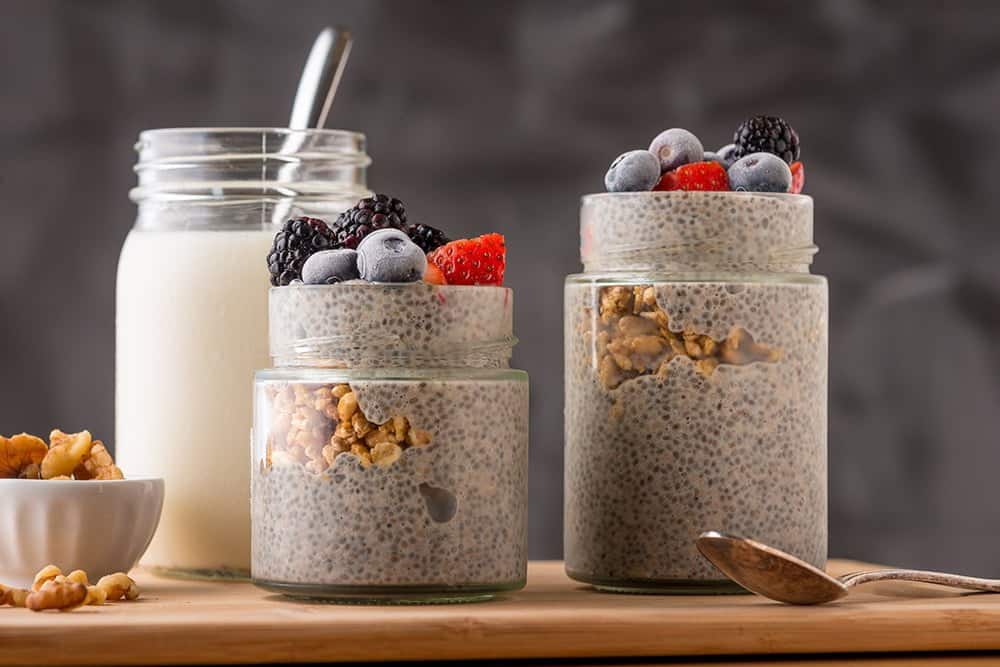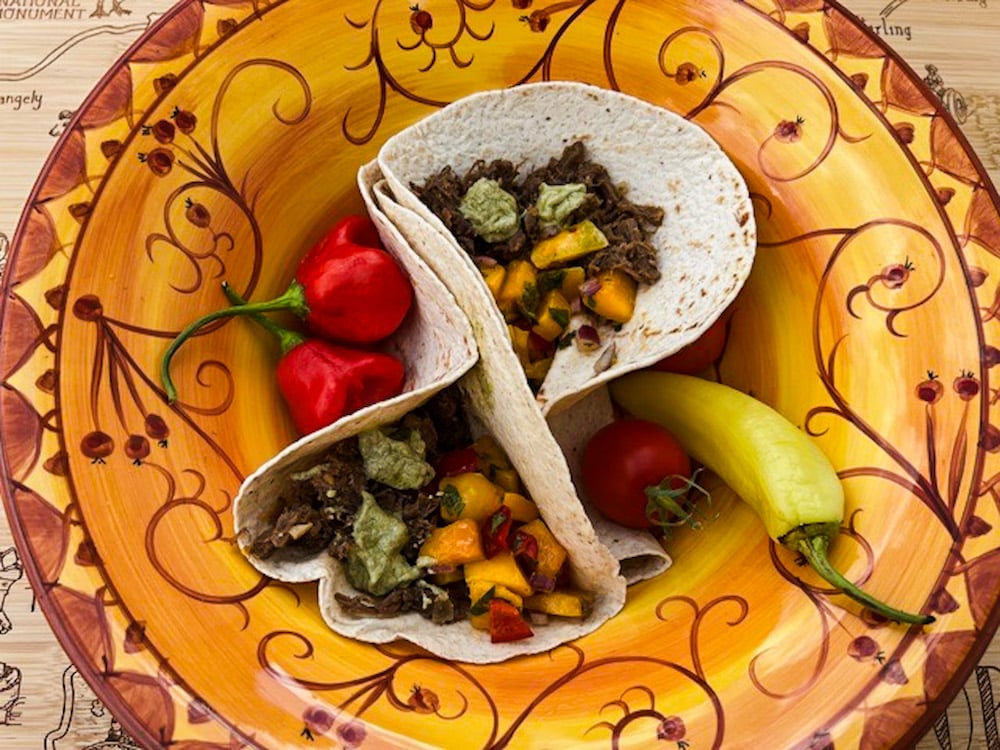
Share this post!
Obesity is not easily explained. For most people struggling with their weight, the underlying causes are far more complex than a poor diet and a lack of exercise. Genetics, medications, environmental exposures, and other lifestyle factors interact to disrupt metabolism and healthy weight. There is also mounting evidence that the human microbiome—the billions of microorganisms inhabiting the gut—influences obesity risk.
When people move from a developing nation to the US, they experience dramatic changes in their food and environment—which can have a profound effect on the microbiome. Immigrants also face the challenge of increased obesity when moving to US soil.
Researchers at the University of Minnesota recently explored the connections between immigration, the microbiome, and obesity. Read on to learn what they discovered, delve into the mechanisms that might link the microbiome to obesity, and find out what you can do to support the health of your microbiome.
Immigration Changes the Microbiome
Minnesota is home to a significant population of immigrants and refugees from Southeast Asia—particularly the Hmong and Karen ethnic minorities from China, Burma, and Thailand. These people have experienced increasing rates of obesity since moving to the US.
Researchers at the University of Minnesota collaborated with people living in immigrant communities in the US and the communities they had moved from in Thailand to explore the role of the microbiome in obesity risk.
The researchers evaluated the microbiomes of people living in Thailand, immigrants to the US, immigrant children, and Caucasian Americans. They also followed a group of 19 refugees for the first 6-9 months after relocating from Thailand to the US.
It turned out that the gut microbiome changed in dramatic ways within the first 6 months of living on US soil. Bacteroides bacteria replaced Prevotella bacteria, and the overall microbiome diversity decreased rapidly.
The loss of microbial diversity worsened over the generations, becoming more pronounced in the children of immigrants than in the immigrants themselves. Finally, decreasing microbial diversity correlated with increasing rates of obesity.
Mechanisms that Link Obesity to the Microbiome
The immigrant study is not the first to report an association between altered microbial diversity and obesity. Over the last decade, researchers have found that the gut microbiome interacts in a bidirectional way with many human organ systems—influencing immune function, inflammation, hormones, stress, energy expenditure, and weight.
The mechanisms to explain the link between obesity and the microbiome are not entirely understood, but scientists have some ideas. One idea is that unhealthy bacteria produce bacterial toxins, like lipopolysaccharide (LPS). If there are inflammation and increased permeability of the gut (i.e., leaky gut), LPS crosses into systemic circulation. LPS then triggers an immune response, leading to low-level inflammation, insulin resistance, and obesity.
Other mechanisms that might be involved in the link between microbial disruption and obesity include reduced production of short-chain fatty acids (SCFAs) or changing levels of bile acids, branched-chain amino acids, and other gut-derived compounds.
5 Ways to Support a Healthy Microbiome
We all have the power to make lifestyle changes that nurture diverse intestinal flora. Even if we were born via c-section, bottle-fed, and given antibiotics as a child (all things that wipe out the microbiome), we can still take actions NOW to restore microbial diversity. Consider these five ways to support a healthy microbiome:
1. Get Dirty
Dirt contains trillions of microbes. Sometimes called the “hygiene hypothesis” or the “farm effect,” scientists believe that getting dirty supports a healthy immune system and reduces the risk for conditions like asthma and allergies. Don’t be obsessed with cleanliness, and avoid antibacterial wipes, soaps, and hand sanitizers.
2. Get a Pet
Cats and dogs inevitable carry an array of microbes in their fur, which they transport around the house. We don’t know for sure if having pets later in life supports a healthy microbiome, but there is evidence that it does in young children. Children who are exposed to pets or farm animals early in life show a lower risk of asthma—which scientists presume is linked to a more diverse microbiome.
3. Eat Vegetables
Vegetables are high in compounds called prebiotics, which is a type of fiber. These non-digestible fibers (such as inulin and oligosaccharides) serve as a fuel source for healthy intestinal bacteria. Researchers have found that a high-fiber diet beneficially affects the microbiome, increases production of SCFAs in the gut, and protects against obesity.
4. Eat Fermented Foods
Fermented foods are a rich source of dietary probiotics. These foods include yogurt, kefir, kombucha, sauerkraut, and lacto-fermented vegetables. A recent review of studies concluded that probiotics and fermented foods might be useful in the prevention of obesity.
5. Exercise
Exercise reduces the risk of obesity for many reasons, but you might be surprised to learn that exercise alters the microbiome. A study that involved both lean and obese adults found that exercise (30-60 minutes, 3 times a week for 6 months) significantly altered the microbiome. These changes occurred regardless of diet and reverted to baseline when participants returned to a sedentary lifestyle.
Mysteries of the Microbiome
Scientists have only discovered the tip of the iceberg when it comes to research into the human microbiome. Once thought to only influence digestive health, we know now that the microbial ecosystem in our bodies affects immune, hormonal, and metabolic health.
With obesity rates at an all-time high, it’s worth exploring any and all of its contributing factors. Maybe recovering microbial diversity will turn out to be a useful tool for the ever-growing challenge of weight management.
Sarah Cook, ND – Instructor at the Nutrition Therapy Institute
Read on in other articles in the Blood Sugar & Weight Management category.
Image by is licensed under CC0 1.0
Share this post!




















